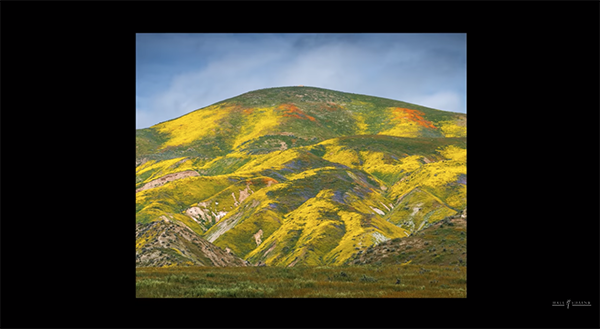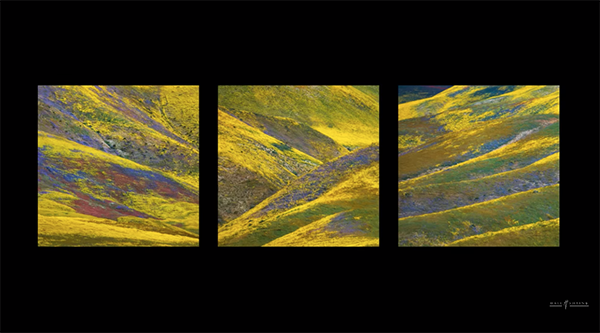How to Shoot Beautiful Wildflower Photos with Simple Gear (VIDEO)
Among the most popular scenes for landscape photographers this time of year are hillsides of fields painted with colorful wildflowers. The tutorial below from an accomplished pro explains his favorite techniques for getting the job done.
Michael Shainblum is a photographer and videographer based in San Francisco who regularly posts tutorials on various types of outdoor photography. In today’s behind-the-scenes episode you’ll watch him capture an epic California “superbloom” while he shares valuable tips and tricks that you can accomplish with just about any gear you own. You can find a list of the equipment Shainblum prefers in the description beneath the video.
Shainblum’s adventure begins at the base of a hillside festooned with vivid yellow, orange, purple and yellow flowers. Most photographers would pull out a wide-angle lens for an expansive vista like this. Instead, Shainblum grabs a telephoto zoom that enables him to compress the distant hillside, create three unique images, and accentuate the flowers.

A telephoto zoom like Shainblum’s versatile 100-400mm provides a number of compositional opportunities. Shooting at 100mm enables you to capture interesting shapes of the rolling hills in the background. His recommendation for this approach is to frame the shot in so a variety of colors are included in the frame.
Shainblum tends to favor more abstract images, which is why he zooms in a bit tighter. By doing this he creates a photo of the same scene with a totally different look. As he says, “losing the context of the sky makes the image a little more abstract.”
As you may have guessed, Shainblum then zooms in even further to pick out details he finds interesting. Here he creates a compelling photo with shadows and dappled light adding to the impact of the shot.

The three shots Shainblum captured at different focal lengths are really nice, but he wasn’t quite satisfied for reasons he explains. He therefore decided to take all three images together and display them as a triptych, rather than as individual photos.
As he Shainblum says, “Sometimes the story you want to build through your photography isn’t meant to be shared through a singular image. That’s why we put together projects and collections.” In other words, maybe a series involves different subjects at a place, a different context to the scene, or a variety of interesting patterns and colors.
Shainblum recommends that you look through your photos and try to find a few that work in tandem, and we wholeheartedly agree. Then head over to his instructional YouTube channel for more great advice.
We also recommend watching a related tutorial we posted recently from another pro, explaining how to shoot epic landscape photos in bright summer light.





